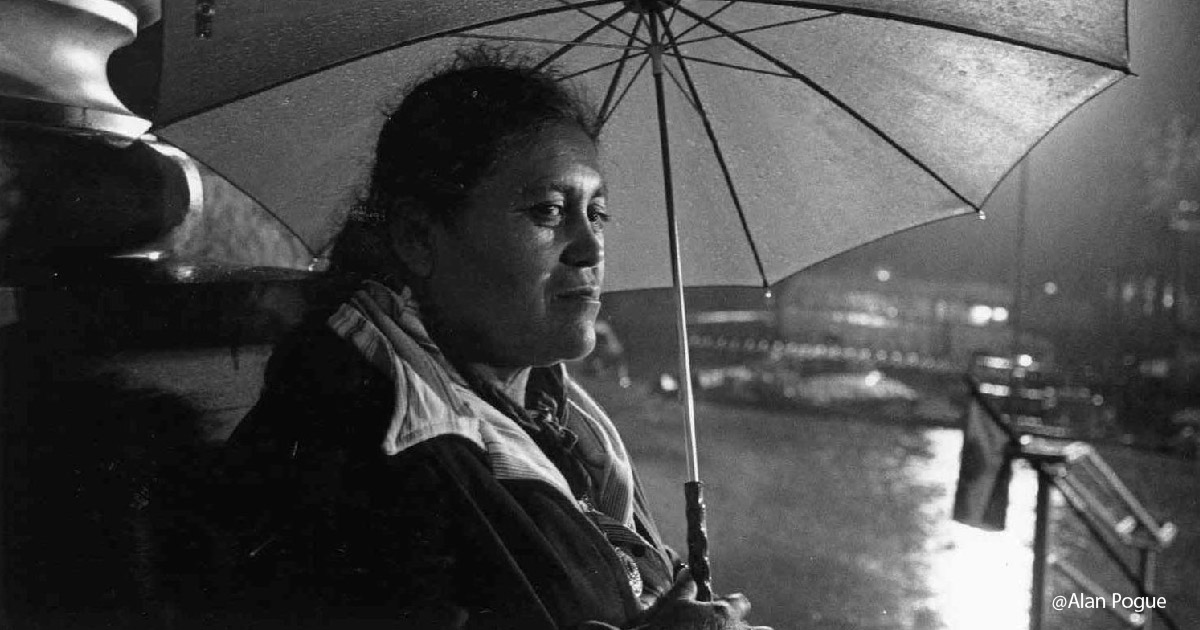- Who We Are
- Clinician Employment
- Publications
- Witness to Witness (W2W)
- Kugel & Zuroweste Health Justice Award
- Your Voice Matters: Photovoice Project
Tue, 06/04/2019 | by Claire Hutkins Seda


John Ghertner, MD, has been living and working as a physician for the migrant community in the Finger Lakes region of New York State since around 1980. His integration into the community -- he says he’s a padrino for several children, and is a designated guardian for a local child should the parents be deported -- has led him to be a migrant health advocate as well, even after retiring from medical practice. Over the decades, he has watched the community’s health clinics step up to the task of serving a patient population that faces significant barriers to care, like lack of transportation or language barriers, and faces increased health risks, like exposure to pesticides. Outreach workers, he says, are frequently at migrant camps, signing up patients for health care and connecting them to services they need. Yet, the health needs are still great. “[Support services are] not the main issue we have here in western New York. It’s the political and legal issues, and the repression that results. That’s the real problem,” he said.
The political and legal issues that he references are increasing in fear and anxiety felt by many members of the migrant community, and the impact on their health and well-being. “There are a lot of mental health issues related to this, and dietary issues. Those things are hard to measure,” but they are significant, he believes. He referenced a recent incident in which a local outreach worker was transporting patients to the dental facility for appointments. The patients lacked authorization to live and work in the US. She was pulled over and arrested.
“The population doesn’t forget these things,” he said. “It’s unsafe for them to drive on the roads. When are they going to get to WalMart, to the grocery store? How will they get to the doctor? Even when sending people out to bring them in, there’s still a phobia.”
In March, when Dr. Ghertner opened his New England Journal of Medicine issue to find an article on migrant health co-written by Migrant Clinicians Network, he was surprised to see it. The article, “Social Distance and Mobility — A 39-Year-Old Pregnant Migrant Farmworker,” follows the case of a pregnant farmworker who is battling depression as she migrates for work and is assisted by MCN’s Health Network to assure her care can continue. The authors used the term “social distance” to describe “the gap created by marked differences (cultural, socioeconomic, linguistic, etc.) between groups of people, even if they inhabit overlapping geographic areas. The term is used to identify clinically significant differences between life of the imagined patient whom a health care institution is designed to serve and the particular patient’s actual life,” the article says.
“I don’t often see these issues in mainstream medical literature,” he noted. While he was happy to see the issue get important coverage, he felt that the severity of the disconnect between health system institution design and the day-to-day lives of the migrant community deserved a stronger term than “social distance”. He wrote an email to lead author Laszlo Madaras, MD, MPH, MCN’s Chief Medical Officer.
“I prefer the term describing my own family history: the ghettoization of the population,” he wrote. His terminology, as opposed to “social distance,” emphasizes an intentional exclusion of a community. “The social, cultural, and religious isolation is more extreme than explained in simple sociological terms as a ‘distance’. Rather, it is a great armed wall preventing integration into society and therefore preventing access to medical care.” He further described the “codification of stigmatizing terminology” like “illegal alien” as an additional barrier “to further ghettoize the oppressed outside the social arena.”
In a follow-up interview, Dr. Ghertner further pressed that the population deserves terminology that better reflects the harsh daily reality that they face: “Is there any difference to a three-year-old who has been abandoned, when their parents have been deported, to a three-year-old whose parents were put on the train to Auschwitz? What is the difference to the child?” Dr. Ghertner followed up with numerous stories of missing spouses, abuse, and mistreatment, and of dozens of families severely traumatized by deportation. “It’s not socially correct to equate things in this country to the Nazi party -- I understand that. But these people don’t have time for soft-shoeing through these issues.”
Dr. Ghertner has pursued clinical advocacy to advance the health needs of the migrant population and lessen the severity of the “ghettoization” that he has witnessed. He encourages other clinicians, with their prominent and respected voices, to do the same. “I have direct living experience with these populations; I’m living with this daily,” he said. “So, if there’s anything I can do to help, to help these situations, I’ll do it.”
Migrant Clinicians Network welcomes further discussion of the issues covered in the recent Social Medicine series in the New England Journal of Medicine. Installments have covered issues of structural racism, structural iatrogenisis, structural violence, structural differential, and medicalization and demedicalization. Access the full series on the New
England Journal of Medicine webpage: https://www.nejm.org/case-studies-in-social-medicine?query=main_nav_lg.
Let us know your comments; email chutkins-seda@migrantclinician.org.
Like what you see? Amplify our collective voice with a contribution.
Got some good news to share? Contact us on our social media pages above.
Return to the main blog page or sign up for blog updates here.







